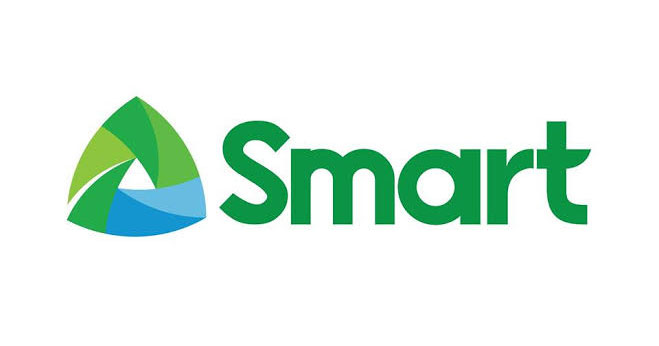Independent mobile analytics company Opensignal released its latest report showing Smart Communications Inc.’s superior 4G/LTE availability while continuing to deliver much faster LTE download speeds in both rural and urban areas.
The analysis, which is available on Opensignal’s website and covered the period Sept. 1 to Nov. 30, 2019, found Smart scoring 70.1% in terms of 4G availability in rural areas (versus Globe’s 64.8%) and 82.5% in urban areas (versus 80.3%).
In previous Opensignal reports in the past two years, Smart had consistently delivered a better download experience but had lagged in availability. That deficit had been progressively narrowing as Smart stepped up its LTE and 3G roll out. The latest report shows these efforts has paid off and that Smart has overtaken Globe in terms of availability.
“Splitting by operator, while we found a tremendous difference in 4G Availability — the time users spend connected to 4G — between rural and urban, we also found notable differences between Smart and Globe in our users’ 4G Availability in both types of area,” Opensignal’s David Nedescu wrote.
In rural areas, Smart is ahead by 5.3 percentage points, while in urban areas, it was ahead by a “narrower but still significant” 2.2 points.
The analysis also found that Smart is ahead in terms of Download Speed Experience in both rural and urban areas, posting download speeds of 8.8 Mbps (vs 6.2 Mbps) and 10.5 Mbps (vs 7.8 Mbps), respectively.
“[O]ur users on Smart enjoyed a Download Speed Experience of almost 3 Mbps faster in both rural and urban parts of the country, or 38% faster than our users on Globe,” Opensignal said.
The Opensignal analysis also showed that Smart also offered faster Download Speed Experience in the National Capital Region and in both rural and urban areas in Ilocos, Central Luzon, Cagayan, Davao, Northern Mindanao, SOCCSKSARGEN, Western Visayas, and Central Visayas.
“Smart users’ faster speeds made it untouchable in ten urban regions, including the National Capital Region, where our users on Smart benefited from an impressive 15.2 Mbps, an enviable 5.6 Mbps faster than the speeds our Globe users saw in the capital,” Opensignal said.
“These findings are all the more remarkable when taking into account Smart’s recent acknowledgement that it had increased 4G data users by 82% in the last year. Normally, a larger number of users mean there is more competition for an operator’s 4G resources, which usually results in increased congestion and therefore lower average speeds,” Opensignal added.
As of September 2019, more Smart customers are now on LTE, amid the company’s sustained network improvement efforts and ramped-up LTE migration campaigns. This means that a growing number of Smart, TNT and Sun subscribers are able to enjoy marked improvements in their data experience given that LTE provides the best customer experience in terms of speed and reduced latency.
In the first nine months of 2019, Smart increased the number of its 4G/LTE base stations by about 5,500, pushing the number of total LTE base stations across Smart’s network to about 21,700.
Smart’s improved LTE network, alongside Smart’s redoubled efforts to encourage subscribers to move up to LTE resulted in the 82-percent increase in the number of LTE data users, compared to a year ago.
In the first nine months of the year, mobile service revenues grew by 20% year-on-year to Php52.6 billion, with mobile internet revenues growing 47% to Php34.5 billion.
This is on the back of the surge in mobile internet traffic of Smart, TNT and Sun mobile brands, which reached 1.1 exabytes (1106 PB), twice as large as the volume recorded in the same period last year. In the third quarter alone, internet traffic rose 20%, compared to the previous quarter. Driving the dramatic increase in data traffic are the use of video and e-games, both of which require the support of a good mobile network.
Underpinning this performance is PLDT’s fiber infrastructure, which also supports Smart’s mobile network, and is now at more than 307,000 kilometers nationwide.
The sustained improvement of the PLDT-Smart network has been supported by a stepped-up capital expenditures program estimated at P78.4 billion in 2019, of which P53.4 billion was already spent at the end of September. The capex for 2019 includes investments in network and IT systems, including investments in increased LTE coverage and capacity, expanded fiber transport and new international cable networks, as well as the roll-out of last-mile installation and customer premises equipment for fixed broadband.



